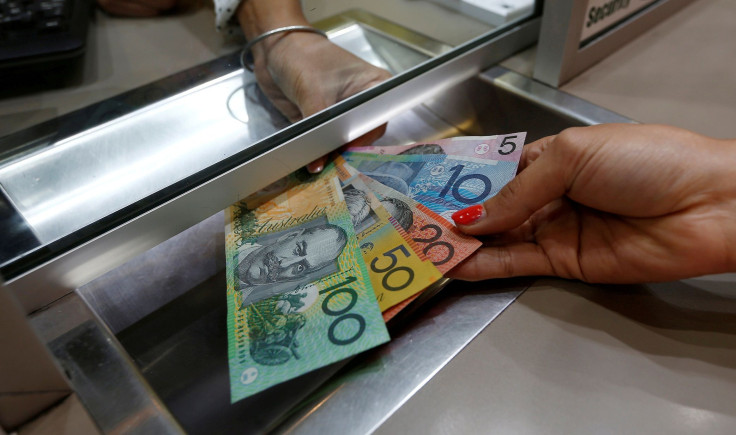Aussie dollar slumps against US counterpart, settles at 75.87 US cents

The Australian dollar has witnessed a significant downslide against its US counterpart. The development comes amid a forecast in the increase of US interest rates supporting the US currency.
As of 6:35 a.m. on Wednesday, the Australian dollar traded at 75.87 US cents. This was down from 76.16 US cents on Tuesday.
Although the US dollar is trading higher than other currencies, it remains below the peaks it witnessed in December and January. There has been a rise in expectations that US interest rates will uplift this month.
According to Brown Brothers Harriman’s CurrencyView, the Australian dollar went up 76.30 US cents before sliding down to 76 US cents – a development that came on the heels of Reserve Bank of Australia’s announcement that the cash rate would be kept on hold at 1.5 percent. The Australian dollar is faring lower against yen (86.76 yen to 86.35 yen) and the euro (71.95 euro to 71.8 euro).
The Australian dollar has not experienced a solid start this week. Several factors – including slow growth in commodity prices, geopolitical concerns in Asian and European nations and speculators enhancing their net long positioning in the Australian dollar to reach new peaks – contributed to imposing pressure on the local currency.
Joseph Capurso, senior currency strategist at the Commonwealth Bank, said he expects a “firmer USD to undermine AUD this week,” adding that the Australian dollar will remain under pressure against the US counterpart. “AUD bounced following yesterday’s RBA’s decision to keep the policy rate at 1.5%,” he said on Wednesday. “The RBA’s post-meeting statement was neutral in our view but it appears participants were short into the meeting which is why AUD lifted temporarily.”
On Wednesday, China will be releasing its trade figures for February, which is expected to influence movements in Australia. The trade surplus is forecast to narrow sharply to $US25.75 billion (AU$33.92 billion). This comes as value of imports and exports are expected to increase 20 percent and 12.3 percent respectively from the previous year.




















